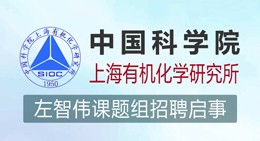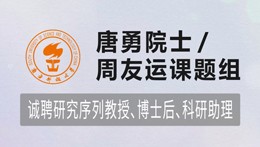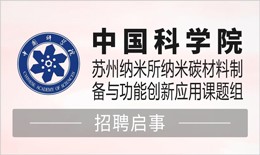当前位置:
X-MOL 学术
›
Struct. Dyn.
›
论文详情
Our official English website, www.x-mol.net, welcomes your feedback! (Note: you will need to create a separate account there.)
Single-particle imaging by x-ray free-electron lasers—How many snapshots are needed?
Structural Dynamics ( IF 3.670 ) Pub Date : 2020-03-20 , DOI: 10.1063/1.5144516 I. Poudyal 1 , M. Schmidt 1 , P. Schwander 1
Structural Dynamics ( IF 3.670 ) Pub Date : 2020-03-20 , DOI: 10.1063/1.5144516 I. Poudyal 1 , M. Schmidt 1 , P. Schwander 1
Affiliation
X-ray free-electron lasers (XFELs) open the possibility of obtaining diffraction information from a single biological macromolecule. This is because XFELs can generate extremely intense x-ray pulses that are so short that diffraction data can be collected before the sample is destroyed. By collecting a sufficient number of single-particle diffraction patterns, the three-dimensional electron density of a molecule can be reconstructed ab initio. The quality of the reconstruction depends largely on the number of patterns collected at the experiment. This paper provides an estimate of the number of diffraction patterns required to reconstruct the electron density at a targeted spatial resolution. This estimate is verified by simulations for realistic x-ray fluences, repetition rates, and experimental conditions available at modern XFELs. Employing the bacterial phytochrome as a model system, we demonstrate that sub-nanometer resolution is within reach.
中文翻译:

X射线自由电子激光器的单粒子成像-需要多少快照?
X射线自由电子激光器(XFEL)开启了从单个生物大分子获得衍射信息的可能性。这是因为XFEL可以产生非常强烈的X射线脉冲,该脉冲太短,以致在破坏样品之前可以收集衍射数据。通过收集足够数量的单粒子衍射图,可以从头开始重建分子的三维电子密度。。重建的质量很大程度上取决于在实验中收集到的模式数量。本文提供了在目标空间分辨率下重建电子密度所需的衍射图数量的估计。通过对实际X射线注量,重复率和现代XFEL可用的实验条件进行仿真验证,可以估算出这一估计值。利用细菌植物色素作为模型系统,我们证明了亚纳米级的分辨率是可以达到的。
更新日期:2020-03-20
中文翻译:

X射线自由电子激光器的单粒子成像-需要多少快照?
X射线自由电子激光器(XFEL)开启了从单个生物大分子获得衍射信息的可能性。这是因为XFEL可以产生非常强烈的X射线脉冲,该脉冲太短,以致在破坏样品之前可以收集衍射数据。通过收集足够数量的单粒子衍射图,可以从头开始重建分子的三维电子密度。。重建的质量很大程度上取决于在实验中收集到的模式数量。本文提供了在目标空间分辨率下重建电子密度所需的衍射图数量的估计。通过对实际X射线注量,重复率和现代XFEL可用的实验条件进行仿真验证,可以估算出这一估计值。利用细菌植物色素作为模型系统,我们证明了亚纳米级的分辨率是可以达到的。


























 京公网安备 11010802027423号
京公网安备 11010802027423号